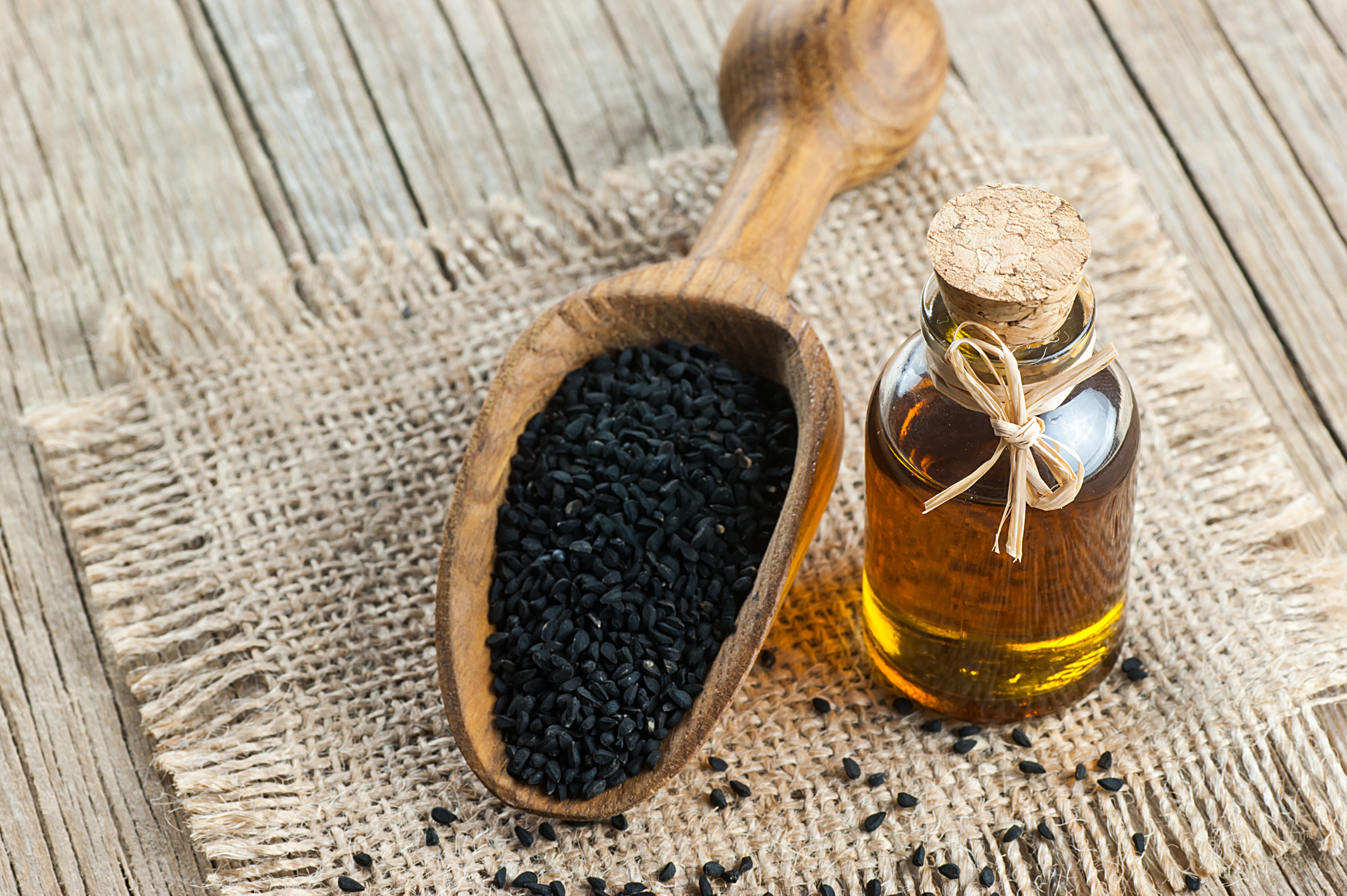Get Easy Health Digest™ in your inbox and don’t miss a thing when you subscribe today. Plus, get the free bonus report, Mother Nature’s Tips, Tricks and Remedies for Cholesterol, Blood Pressure & Blood Sugar as my way of saying welcome to the community!
Black cumin seed and diabetes

Healing systems developed among ancient people long before modern medicine, research labs and pharmaceutical companies.
The Ayurveda tradition, which began in India, from 3,000 to 5,000 years ago, may be the most familiar to most of us.
You may not know a lot of specifics about it, but chances are you’ve heard of it, especially if you’re of the mindset that you’d rather avoid getting sick in the first place than have to work harder at treating or reversing a condition… a difficult thing to do (though, not impossible) once disease has a hold on the body.
That last part is something our modern health system has never quite embraced. We go to the doctor when we’re sick — not when we’re well, except for maybe that yearly checkup which provides the perfect opportunity for your doctor to increase whatever current medicines you may take.
But Ayurvedic practices advocated the maintenance of good health through oral traditions which included a vast knowledge of healing plants. Finally, doubters can put their money where their mouth on at least one of those ancient remedies..
The history of Nigella sativa
The Nigella sativa plant — also called black cumin, black sesame and black caraway — is native to Africa, Asia and the Mediterranean. And much of the earliest information we have about it was written by “the most influential philosopher of the pre-modern era.” His name was Avicenna and he put those oral traditions down in writing in two books: The Book of Healing and The Canon of Medicine. These books were created around the years 1020 and 1025 and remained the standard of medicine through the mid-17th century.
Though Avicenna may have provided the most thorough ancient information on Nigella sativa, Hippocrates and Dioscorides also mentioned it in their texts. And the Bible describes it as the “curative black cumin” (Isaiah 28:25, 27 NKJV).
The seeds were used in foods and poultices. They were also ground to powder. But the golden oil of the black seeds was also extracted and consumed.
Apparently, it was so widely used for a vast array of conditions that it was referred to as “the remedy for all disease.” But modern research has been focusing on one area where its scientific credibility is stacking up…
The mounting research on Nigella sativa and blood sugar
Type 2 diabetes is considered preventable. That doesn’t mean it’s easy to do so. Many conditions can contribute to it and make it harder to reverse, including obesity, hypertension and metabolic syndrome.
But there is quite a bit of published research that indicates Nigella sativa could help. Here are few with impressive findings:
- The Journal of Endocrinology and Metabolism found that, in mice, black seed oil, “causes gradual partial regeneration of pancreatic beta-cells (the ones in your body that make insulin), increases the lowered serum insulin concentrations, and decreases the elevated serum glucose.”
- A study in human participants found that at a dose of 2 grams per day, black seed oil was able to lower fasting blood sugar, decrease insulin resistance, improve pancreatic beta-cell function and lower HBA1c (average blood sugar level over a two to three-month timeframe).
- A published review in the Journal of Diabetes and Metabolic Disorders from 2013 found black seed oil could be effective against obesity.
Some of these studies were small, some on animals, but also some on humans. But before I get behind something, there’s one scientific method I prefer to see… a systematic review of the evidence.
The evidence stacks up
Systematic reviews of randomized controlled trials provide the clearest evidence for the benefits of a healthcare intervention. Recently, a (published in May 2020) comprehensive systematic review was performed that looked at the published results about Nigella sativa.
And here is what the researchers determined:
- Nigella sativa has a key role in herbal medicine as an adjuvant remedy for the treatment and management of patients with Diabetes Mellitus and its complications.
- The beneficial effects of Nigella sativa preparations depend on dosage forms, prescribed active ingredients and duration of the intervention.
- The best dosage to improve glycemic indices and lipid and lipoprotein profiles is 2 g daily powdered Nigella sativa for at least 12 weeks.
According to the review, dietary supplementation with Nigella sativa preparations can improve various secondary complications of diabetic patients because it possesses anti-diabetic, anti-hypertensive and anti-obesity effects. Additionally, it was shown to help:
- Restore the antioxidant defense systems
- Decrease inflammatory biomarkers
- Improve endothelial dysfunction, and hepatic, kidney, heart and immune system functions
Before type 2 diabetes digs its claws in, blood sugar spikes slowly decrease insulin sensitivity and lead to pre-diabetes. Along with a healthy diet and exercise, it appears this simple seed’s golden oil could be the prevention, not prescription, we should reach for.
If you suspect you could have pre-diabetes, watch out for these 12 signs.
Editor’s note: Are you feeling unusually tired? You may think this is normal aging, but the problem could be your master hormone. When it’s not working, your risk of age-related diseases skyrockets. To reset what many call “the trigger for all disease” and live better, longer, click here to discover The Insulin Factor: How to Repair Your Body’s Master Controller and Conquer Chronic Disease!
Sources:
- Avicenna — Wikipedia














